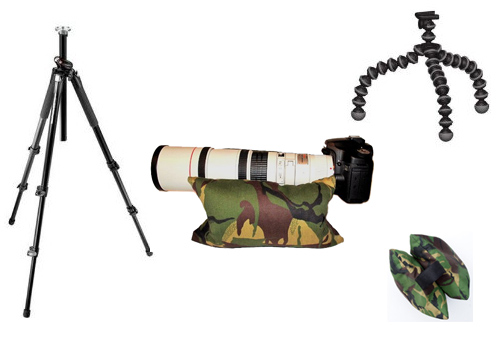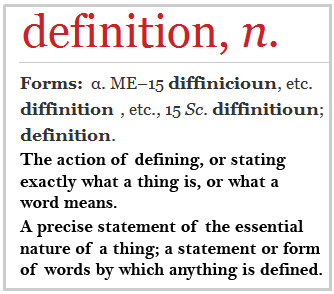![]()
Tripod
The tripod provides a portable, steady stand for fixing the camera upon. The three legs provide a consistent, all-round, contact with the ground. The use of three legs ensures that the weight of the mounted equipment is evenly spread. No leg can be off the ground when it’s at rest. This steady position enables the camera to be fixed to the top of the tripod. It is usually mounted with a screw fitting to the platform.
The tripod is usually used to mount a camera in a steady position. A wide range of types exist. Small ones are used on table-tops to simply steady the camera, not significantly elevate it. Others are used to grip onto other objects rather than stand alone (Search: “Joby Gorillapod” for example) Up to date designs meet specific needs (harsh environments; travel; macro; and others). For general use a range of requirements can be met including: elevation from nearly ground level up to several meters high, hillside use and unique leg positions.
Tripods are most useful for longer exposures, although nearly all shots will benefit from being mounted. The aim is to hold the camera as steady as possible throughout the shot. It is primarily there to prevent movement of the camera.
In photography tripods of various types are used to mount cameras, lenses, lights, radio triggers and other photographic accessories.

Tripods of various kinds (and a non-tripod camera support)
Photographic Glossary – Definitions, articles and resources…
Tripod myths – why are amateurs tripod shy?
Definition: Tripod
Definition: Bipod
Definition: Monopod
Definition: Tripod Head
When is a tripod not a tripod?
A simple introduction to tripod sharpness and tripod heads
Five tips you must know to start photography
Three Tips for Pin Sharp Shots with a Tripod
The Third Most Important Piece of Kit
Comments, additions, amendments or ideas on this article? Contact Us



